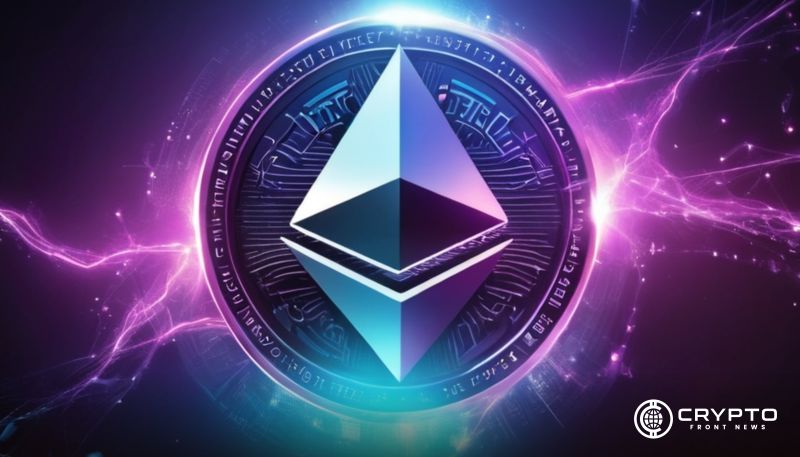- Ethereum faces a growing identity crisis as centralized L2s challenge its foundational goals of decentralization and innovation.
- Without scalable Layer 1 solutions, Ethereum risks becoming dependent on monetary value while losing control over value capture.
- Critics argue that redundant L2s stifle true progress while sharded L1 architectures like MultiversX offer scalable, decentralized alternatives.
Ethereum’s fate now hinges on how it will balance scaling, decentralization, and value capture. Industry leaders are sounding the alarm about the increasing centralization of Layer 2 (L2) solutions. Developers are also questioning whether Ethereum can stay faithful to its decentralized principles while depending on centralized rollups for throughput.
The core issue revolves around Ethereum’s inability to scale its Layer 1 (L1) effectively. Consequently, the ecosystem has shifted towards L2s. However, many of these L2s operate under centralized governance models. This undermines the decentralization that blockchain technology promises. Hence, critics argue that without L1 scaling, true innovation and real economic value cannot flourish.
The L2 Paradox and Its Impact on Ethereum’s Vision
Robert Sasu, a core developer of MultverseX, emphasizes that scaling L1 is mandatory for real progress. According to him, the Ethereum ecosystem has morphed into a network of centralized L2s. These rollups, often running identical applications, compete for the same user base. Consequently, they offer little in the way of real innovation. Instead, they dilute Ethereum’s core value proposition—decentralization and trustlessness.
Besides, the practice of granting funds to redundant projects leads to user cannibalization rather than ecosystem growth. Sasu insists that only systems like MultiversX, which utilize sharding, offer both massive scalability and decentralization. In his view, real blockchain utility comes when building becomes cheaper, faster, and more secure than Web2.
Strategic Identity Crisis: Store of Value or Infrastructure?
On the other hand, Popular investor Alex highlights a fundamental dilemma. If Ethereum fails to retain L1 as the default execution layer, it risks becoming reliant solely on its monetary premium. Furthermore, he warns that centralized L2s could erode Ethereum’s ability to capture long-term value. There’s no built-in mechanism to tax L2 activity if L1 becomes obsolete.
Still, others like Leo Glisic remain bullish. He points to Ethereum’s growing role as the settlement and interoperability layer for the global financial system. For him, the narrative is simple. Ethereum is infrastructure, not a currency. As adoption rises—especially in stablecoins—Ethereum becomes the unchallenged winner in this high-stakes arena.






